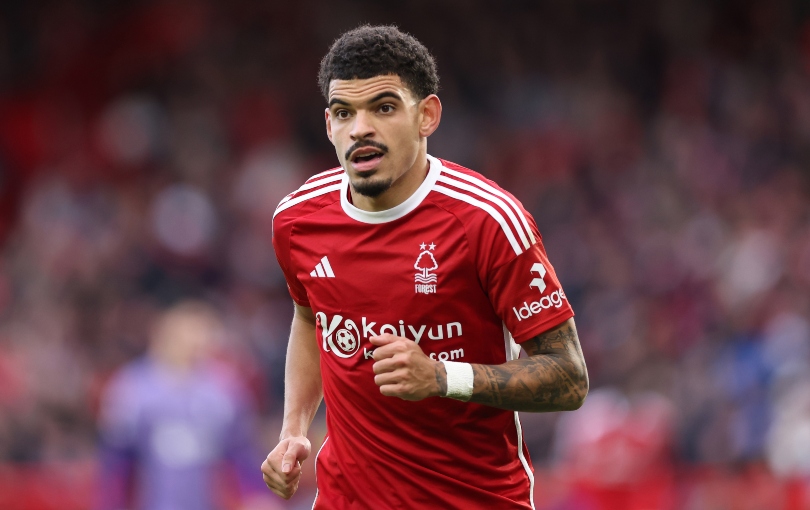Inside Premier League Productions: the company you know nothing about servicing 730m homes every matchday
FFT’s Chris Flanagan went behind the scenes at IMG Studios to discover more about the broadcasting juggernaut behind England’s top flight known worldwide – except the country it hails from…
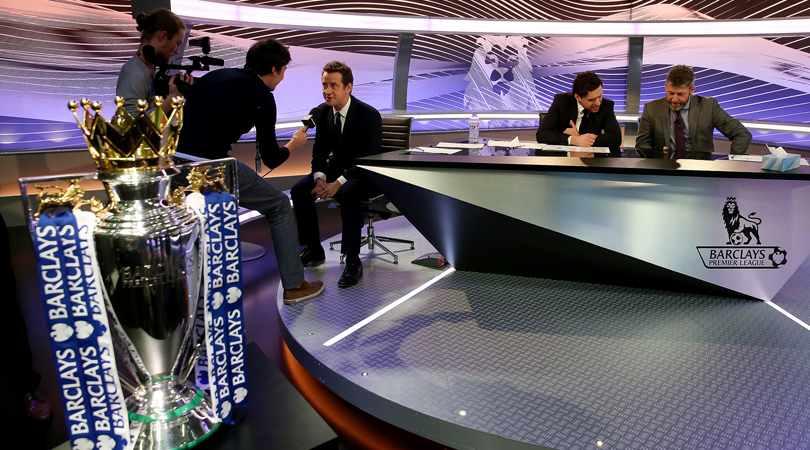
On a cold Tuesday night, FourFourTwo finds itself inside the beating heart of the Premier League's global machine. Everywhere you look there's a vast whirring mass of technical equipment and wires, the arteries from which live pictures are pumped out to every corner of the planet.
This epicentre is not at Old Trafford, the Emirates or the Etihad. Instead it's an eerily unpopulated room in Uxbridge, west London. It feels like the sort of room you'd see in any factory up and down the country, if it wasn't for the sign asking visitors to tread quietly – because Owen Hargreaves, Andy Townsend & Co. are busy broadcasting to 730 million homes in a studio on the floor below.
There are a few countries that we don't broadcast to, I think North Korea is one. But the Vatican City has it, so the Pope is probably watching
This is IMG Studios, headquarters of Premier League Productions: the television company responsible for broadcasting England's top flight to 185 countries overseas. Their dedicated 24-hour channel may not be available in this country, but every second of it is being lapped up live almost 10,000 miles away in the Solomon Islands, and in plenty of other places too.
"There are a few countries that we don't broadcast to, I think North Korea is one," Nick Moody, the head of PLP, tells FFT. "But the Vatican City has it, so the Pope is probably watching."
Teething problems
You'd have someone calling from Thailand saying we have pictures from Manchester United but the commentary is from West Brom. All those sorts of things were happening
It doesn’t seem so long ago that, aside from the live televised games and two or three featured on Match of the Day, coverage of the rest of the Premier League consisted of 30-second clips of the goals and not much else.
Now every single match is beamed live across the globe with the same production qualities as Super Sunday or any game screened by Sky or BT in this country. The Premier League Productions operation is huge, encapsulated by the impressively gigantic building from which they work, designed by Norman Foster.
Get FourFourTwo Newsletter
The best features, fun and footballing quizzes, straight to your inbox every week.
"It's amazing how things have grown, I would never have imagined it," says Graham Fry, managing director of IMG's sports production worldwide. Premier League Productions is just one arm of the company, but now comfortably the biggest.
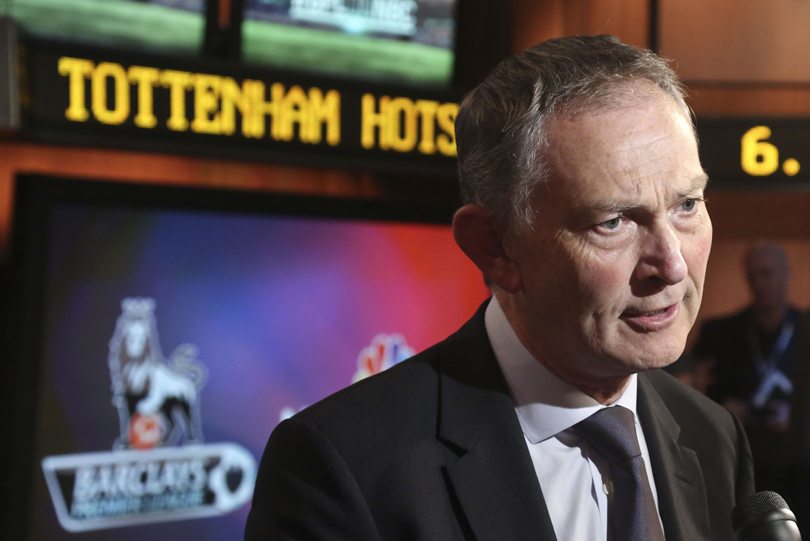
"We first bought the rights to the Premier League worldwide with Canal Plus in 1998. PLP was formed in 2004, and the channel started in 2010. At first every match was a three-camera outside broadcast, then six cameras, then eight.
"The aim when we started was just to try to get everything on the air. You were worrying that we had to distribute games to all these parts of the world; technically we weren't as robust then and the broadcasters overseas weren't used to handling what was being thrown at them.
"You'd have someone calling from Thailand saying we have pictures from Manchester United but the commentary is from West Bromwich Albion. All those sorts of things were happening. They don't seem to happen so much now."
Pick and choose
Next season there's expected to be a Saturday afternoon Goal Rush programme too, like Soccer Saturday but with the added ability to show all of the goals as they happen
It's experience that has allowed PLP to expand and provide an increasingly more detailed service to the many overseas broadcasters they work with. There are seven magazine shows a week, plus documentary-style programmes and a news channel complete with their own roving reporters, akin to Sky Sports News.
In one part of the building there are staff dedicated to pre-match promotional videos – we're shown a clip of an eagle swooping menacingly in a darkened warehouse, available to overseas broadcasters to promote the recent fixture between Crystal Palace and Chelsea.
Then on matchdays, overseas TV rights holders are provided with a plethora of added extras – stats graphics, wide angle cameras for scene-setting and tactical analysis, player interviews within seconds of the final whistle, and a camera following one particular player for the whole match. Tonight it appears to be focused on Newcastle’s Georginio Wijnaldum.
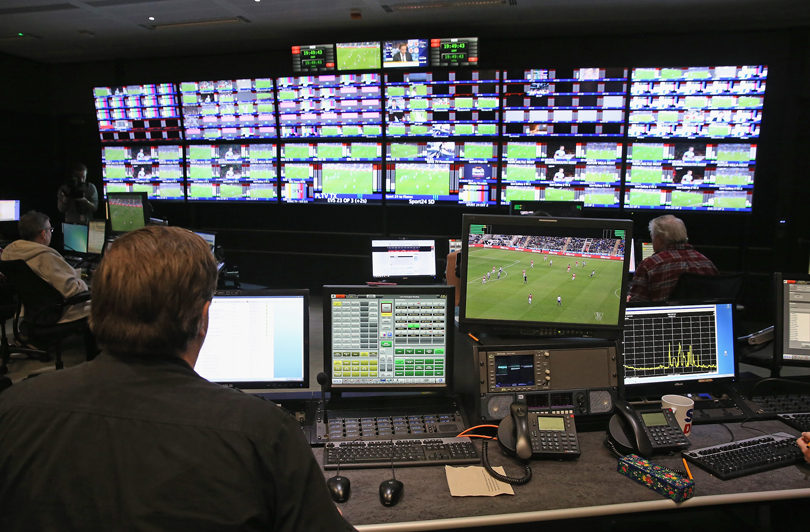
There are plans to expand coverage of the under-21 league and next season there's expected to be a Saturday afternoon Goal Rush programme too, like Soccer Saturday but with the added ability to show all of the goals as they happen.
With all of PLP's added extras, the idea is that overseas broadcasters take what they need – allowing them to tailor their coverage to the interests of their own country, rather than just being forced to generically show the same TV feed as every other nation. In total, around 5,000 hours of footage are distributed each week.
"People still want more, it's amazing," Fry beams with delight.
Teaching the rest
You always have that question of how much further it can go, but then it goes further
The Premier League logo features heavily on everything. The brand continues to build and build. The current overseas rights deal is worth £743m a year, a figure that is tipped to increase when the next agreement is finalised.
"Interest in the Premier League is still getting bigger," Moody says. "You always have that question of how much further it can go, but then it goes further.
"We've responded to the demand. As the Premier League have sold more rights and the value of those rights have gone up, the requirements and the demands that go with it need to increase as well. We have to find a way of adding value to it. I'm a producer by trade so I'm always thinking, ‘If I was in a studio in Doha, or in Connecticut for NBC, what would I want?'
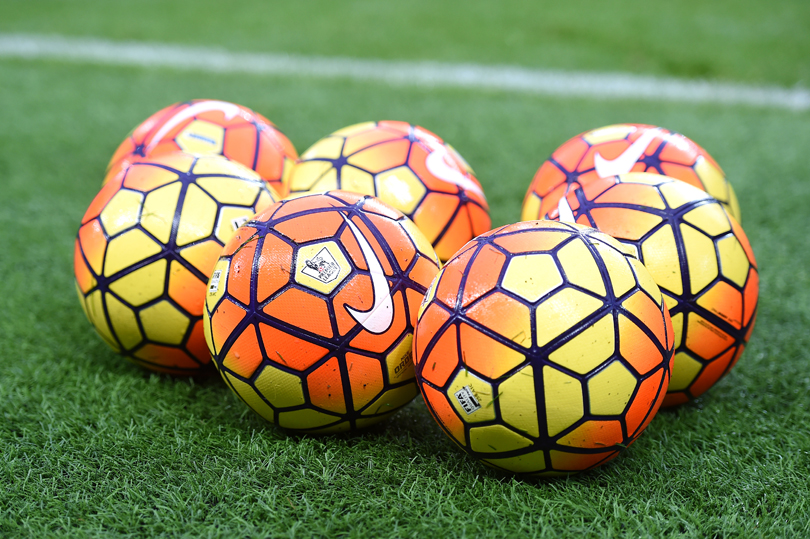
"The action on the pitch is what decides the value of the rights. Although we're part of it, I wouldn't be so arrogant as to say they're paying that amount of money because of what PLP do.
"But what is interesting is that the likes of BT will go to the Bundesliga and say, 'What you're giving us is great, but why can't you do it like PLP do it? Why can't we have this or that?'
"That's a great sense of pride. The Bundesliga came over here and we showed them around, did a presentation and gave them the experience of what we're doing here. Other institutions are looking at it and thinking, 'What we do we need to do? Why does it work for them?'
"The other leagues are all trying to catch up, so our job is to look at what we can do to stay ahead."
Football at 30,000 feet
Ninety seven per cent of engagement with our Facebook page comes from outside the UK
Mark Pougatch, who is also ITV's regular football anchor, is the presenter in the studio on the night of our visit. James Richardson, Manish Bhasin and Kelly Cates are others to work for PLP but the company's main presenter is John Dykes, a man who is little known in his own country but has appeared in various promotional campaigns abroad in recent times, such is his growing popularity.
"It's interesting because our presenters and reporters go to games and you have a lot of foreign fans who all want pictures with them," Moody chuckles. "Sometimes you can see the English fans wondering, 'What's that all about? Who's that guy? Why do they want his picture?'"
We're taken on a tour of the building, quickly stumbling upon the office where the social media team are at work, in English and Mandarin. "Ninety seven per cent of engagement with our Facebook page comes from outside the UK," explains Nick Noble, the Premier League's head of news and corporate communications.
MOST GOALS FOR A SINGLE #BPL CLUB:176 - Rooney, Man Utd175 - Henry, Arsenal 148 - Shearer, Newcastle 147 - Lampard, Chelsea128 - Fowler, Liverpool
Posted by Premier League on Monday, 18 January 2016
As the tour continues, each room seems to contain a bigger bank of television screens than the last. We count 200 on one wall – the majority showing various camera angles from the three Premier League matches on that night, one incongruously showing a feed from a TV station in the Middle East where contestants on some sort of gameshow appear to be dancing in oversized comedy sunglasses.
Footage from these Premier League games is now being shown live at 30,000 feet on a selection of airlines, including Turkish Airlines and Etihad.
"It's a deal-breaker," Fry says. "If you know you can watch the game, you might choose one airline over another."
Matchday live
As much as Townsend was often derided by fans during his years as ITV's main co-commentator, it's clear from these few minutes that he's the driving force behind PLP's analysis
One room in this vast building is always dedicated to the main game of the day. "People are in here every Saturday, Sunday and Monday," we're told. "Next year Friday as well."
Conversations can be heard going on with the floor manager at St James' Park as Manchester United are awarded a penalty. "No yellow card," we hear the man at the stadium feed back.
Moving on to the next room, where PLP's director and producer for the night are situated, a cry of "Goal Bournemouth!" goes up as Harry Arter curls in from outside the box against West Ham.
Then we head into the studio where Pougatch, Hargreaves and Townsend are watching the Newcastle match on a sofa beside the Premier League trophy, their duties over until half-time.
Townsend spares a couple of minutes to show us the studio's smart touch screen – a sort of tactics truck de nos jours, if you will. He uses it to analyse matches, just as Gary Neville used to do on Monday Night Football.
"You don't have to physically touch it, it works on a beam," Townsend explains. "If you touch it with your arm accidentally it can change, and that's happened a few times. But it's very good, they're becoming synonymous with pretty much any studio now. We can analyse footage, pick our own teams, swap players around, think about what the managers might do for the second half.
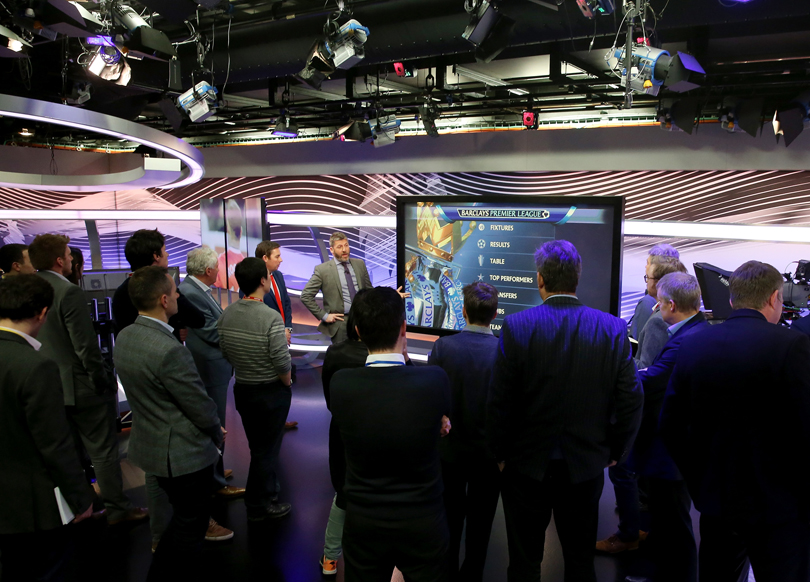
"It's pretty straightforward but if you do make a mistake you just have to carry on rather than standing there, freezing and looking at it, waiting for something to happen."
Not long after he says that the screen does indeed freeze, but only because staff are rebooting it ready for the half-time analysis. Townsend returns to his seat and starts to plan out what he wants to talk about at the interval. As much as he was often derided by fans during his years as ITV's main co-commentator, it's clear from these few minutes that he's the driving force behind PLP's analysis, requesting information and video clips as the action unfolds.
"Smithy, how many penalties has Mike Dean given? Can we get a graphic of where he is in the Premier League rankings?" he asks the gallery, as Newcastle have a penalty appeal rejected.
"Good goal," he applauds as Jesse Lingard puts United 2-0 up, before quickly requesting a rejig of the analysis at the interval. Soon staff arrive to re-apply make-up and bring tea ahead of the half-time whistle, and it's time for us to depart.
Truly global
There will be debates forever about which is the best league in the world, but there's clearly a reason why so many broadcasters buy the Premier League
Townsend and Hargreaves are ready to debate the talking points of a first half that has reached all parts of the globe. Every Premier League match does these days.
"I remember when I was on safari in Kenya, there was a bit of crackling on the radio and the guys started talking Swahili," Fry says. "I turned to my wife and said, 'I think they've spotted a lion or a leopard or something'. I asked them, 'What have you spotted?'. They said, 'No, Chelsea have just scored at Manchester City'.
"I've been to little villages in Zambia where they're wearing Man United and Liverpool shirts and you think, 'Wow, it's getting everywhere'. I've been in bars in Malaysia thinking, 'Half the country seem to be in this bar'. There are three or four different games being shown and that's when it really brings it home. It makes you feel pretty proud as well.
"I've been in TV since 1981 and of all the things I've done this probably ranks as the No.1, purely because you can see that you make some sort of difference. The teams and the action itself have obviously made the most difference, but the way it's packaged, sold and distributed is important.
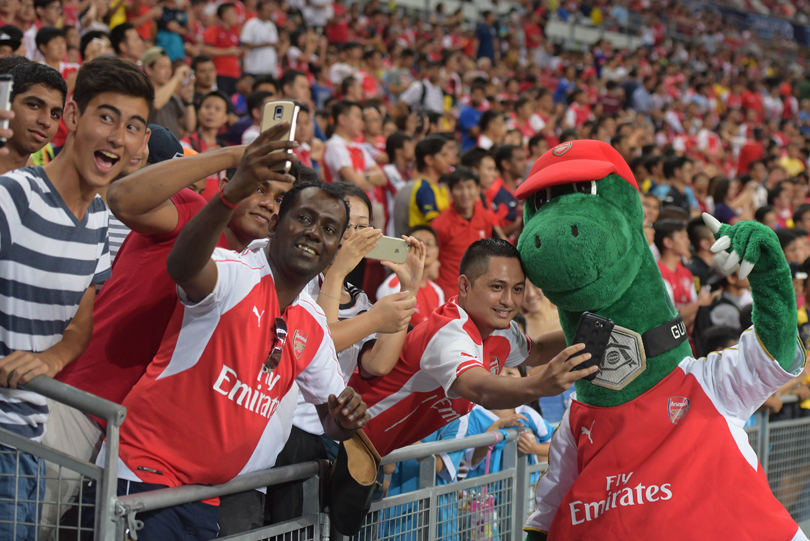
"If there's one show we do more than any other that shows the breadth of interest around the world it's our FanZone programme. We have someone on Skype in Nigeria arguing about the Arsenal back four with somebody in Singapore, and their knowledge is fantastic. They know so much and you think, 'Gosh, these guys really follow it'.
"There will be debates forever about which is the best league in the world, but there's clearly a reason why so many broadcasters buy the Premier League. It has to be that the quality and the excitement is good.
"If you're taking it by the number of people who are watching, it's hard to argue that the Premier League isn't the biggest and the best."
RECOMMENDED
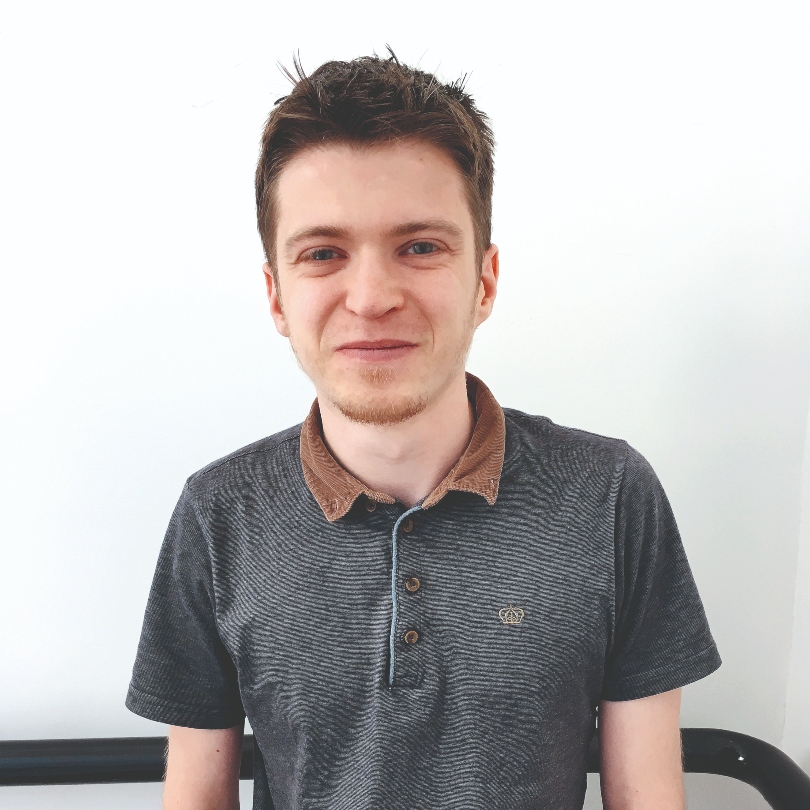
Chris joined FourFourTwo in 2015 and has reported from 20 countries, in places as varied as Jerusalem and the Arctic Circle. He's interviewed Pele, Zlatan and Santa Claus (it's a long story), as well as covering the World Cup, Euro 2020 and the Clasico. He previously spent 10 years as a newspaper journalist, and completed the 92 in 2017.
